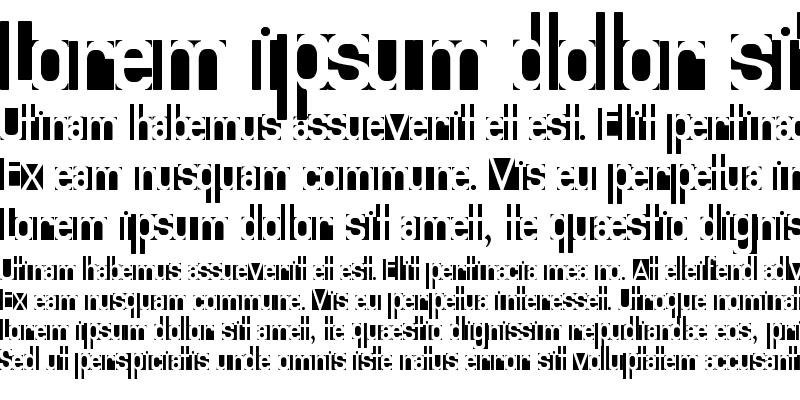

Similar with other K2Ps, single TREK-2 molecule is composed of four helical transmembrane domains (M1-M4) and two pore-forming domains (P-domain). Therefore, TREK-2 has been implicated to be a new potential therapeutic target for treating neuropathic pain, mood disorders and ischemia. In response to ischemia, TREK-2 expression is up-regulated in the astrocytic membrane ( Rivera-Pagán et al., 2015), cortical and hippocampal neurons ( Li et al., 2005). Activating TREK-2 leads to GABAnergic and noradrenergic inhibition of neuronal excitability in the entorhinal cortex, which is regarded as the gateway to the hippocampus and thus is essential for learning and memory ( Deng et al., 2009 Xiao et al., 2009). Evidence from knockout mice show the channel is associated with thermosensation and neuropathic pain ( Pereira et al., 2014). In DRG C-fiber nociceptors, the functions of TREK-2 are involved in hyperpolarizing membrane potential and limiting spontaneous pain ( Kang and Kim, 2006 Acosta et al., 2014). In addition to central nervous system ( Lesage et al., 2000), the channel is also highly expressed in dorsal root ganglia (DRG) and trigeminal ganglia ( Kang and Kim, 2006 Yamamoto et al., 2009 Acosta et al., 2014). TREK-2 (TWIK related K + channel, K2P10.1), along with TREK-1 and TRAAK (TWIK-related arachidonic acid-stimulated K + channel), belongs to the TREK/TRAAK K2P subfamily ( Enyedi and Czirják, 2010). Up to now, 15 members, which are divided into six subgroups, have been found in mammals. Two-pore domain K + (K2P) channels, the last discovered K + channel family, are major contributors to background K + conductance by producing “leak” currents, and play a predominant role in stabilizing resting membrane potential as well as regulating cellular excitability.

Together, our findings elucidate the mechanisms for how the two subunits control the pore gating of TREK-2, in which both intersubunit concerted cooperative and cis-type manners modulate the allosteric regulations induced by 2-APB and pH o alkalization. Further introduction of ΔpCt into the latter subunit of heterodimeric channel G312A-WT or G312A-G312A attenuated their sensitivity to 2-APB and pH o alkalization, implicating that these signals were transduced by a cis-type mechanism.

Our results show that combination of WT and ΔpCt/G312A subunits reserves similar gating properties to that of WT dimmers, suggesting that the WT subunit exerts dominant and positive effects on the mutated one, and thus the two subunits controls channel gating via a concerted cooperative manner. The constructs were then combined with wild type (WT) subunit to produce concatenated dimers with defined composition, and the gating kinetics of these channels to 2-Aminoethoxydiphenyl borate (2-APB) and extracellular pH (pH o) were characterized. In the current study, the deletion (lack of proximal C-terminus, ΔpCt) or point mutation (G312A) was introduced into TREK-2 subunits to limit K + conductance and used to report subunit stoichiometry. Although more and more input modalities are found to achieve their modulations via acting on the channel, the potential role of subunit interaction in these modulations remains to be explored. In response to diverse stimuli, two-pore-domain potassium channel TREK-2 regulates cellular excitability, and hence plays a key role in mediating neuropathic pain, mood disorders and ischemia through. 3Department of Pharmacology, School of Pharmaceutical Sciences, Southern Medical University, Guangzhou, China.2Anesthesia and Operation Center, PLA General Hospital, Beijing, China.1State Key Laboratory of Toxicology and Medical Countermeasures, Beijing Key Laboratory of Neuropsychopharmacology, Department of Biochemical Pharmacology, Beijing Institute of Pharmacology and Toxicology, Beijing, China.

Ren-Gong Zhuo 1†, Peng Peng 1,2, Xiao-Yan Liu 1, Hai-Tao Yan 1, Jiang-Ping Xu 3, Jian-Quan Zheng 1, Xiao-Li Wei 1* and Xiao-Yun Ma 1*


 0 kommentar(er)
0 kommentar(er)
